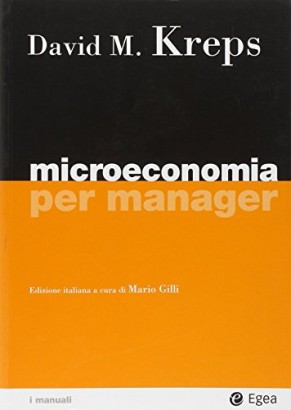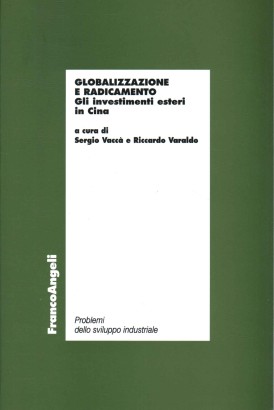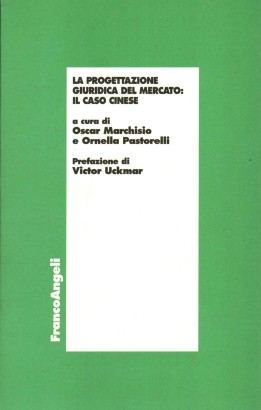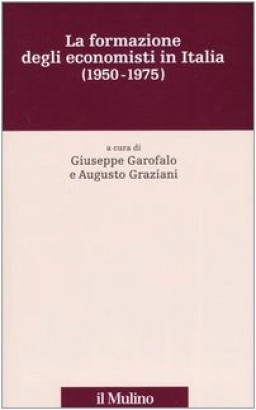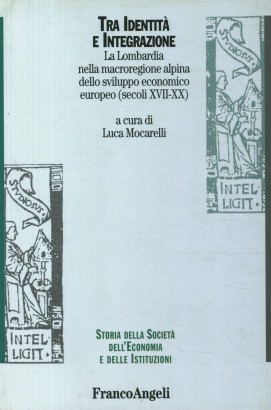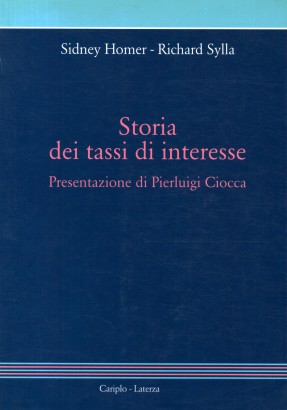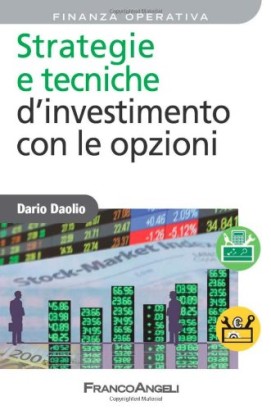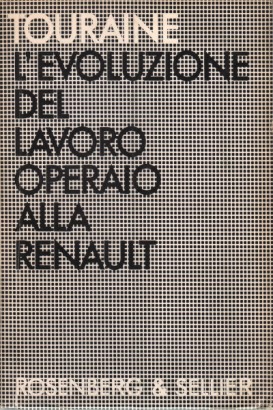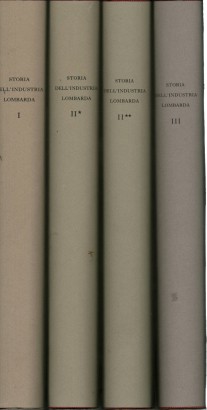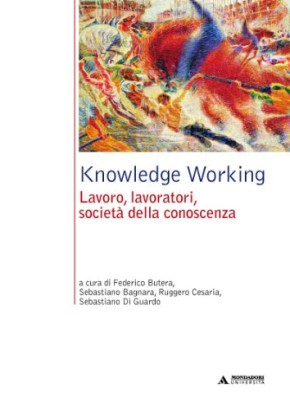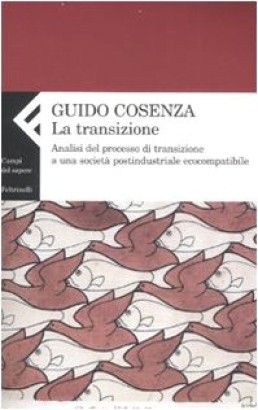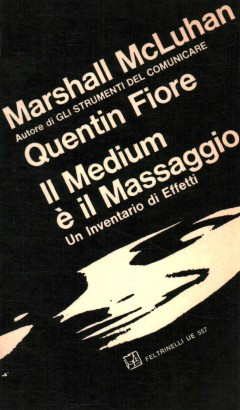Econophysics of Wealth Distributions - Econophys-Kolkata I
Caractéristiques
Econophys-Kolkata I
Auteur: Arnab Chatterjee, Sudhakar Yarlagadda, Bikas K. Chakrabarti
Éditeur: Springer
Lieu d'impression: Milan
Année de publication: 2005
Collier: Nouvelles fenêtres économiques
We all know the hard fact: neither wealth nor income is ever uniform for us all. Justified or not, they are unevenly distributed; few are rich and many are poor! Investigations for more than hundred years and the recent availability of the income distribution data in the internet (made available by the finance ministries of various countries; from the tax return data of the income tax departments) have revealed some remarkable features. Irrespective of many differences in culture, history, language and, to some extent, the economic policies followed in different countries, the income distribution is seen to fol low a particular universal pattern. So does the wealth distribution. Barring an initial rise in population with income (or wealth; for the destitutes), the population decreases either exponentially or in a log-normal way for the ma jority of 'middle income' group, and it eventually decreases following a power law (Pareto law, following Vilfredo Pareto's observation in 1896) for the rich est 5-10 % of the population! This seems to be an universal feature - valid for most of the countries and civilizations; may be in ancient Egypt as well! Econophysicists tried to view this as a natural law for a statistical ma- body-dynamical market system, analogous to gases, liquids or solids: classical or quantum.
État du produit:
Spécimen en bon état. Couvrir avec des traces de poussière. Coupes jaunies. Pages légèrement jaunies. Textes en anglais. Textes en anglais; Livres en bon état
Code ISBN: 8847003296
EAN: 9788847003293
Pages: ix, 248
Format: Relié
Dimensions (cm):
Hauteur: 24
Largeur: 16
La disponibilité des produits
Disponibilité immédiate
Prêts à être livrés sous 2 jours ouvrables de la commande du produit.




